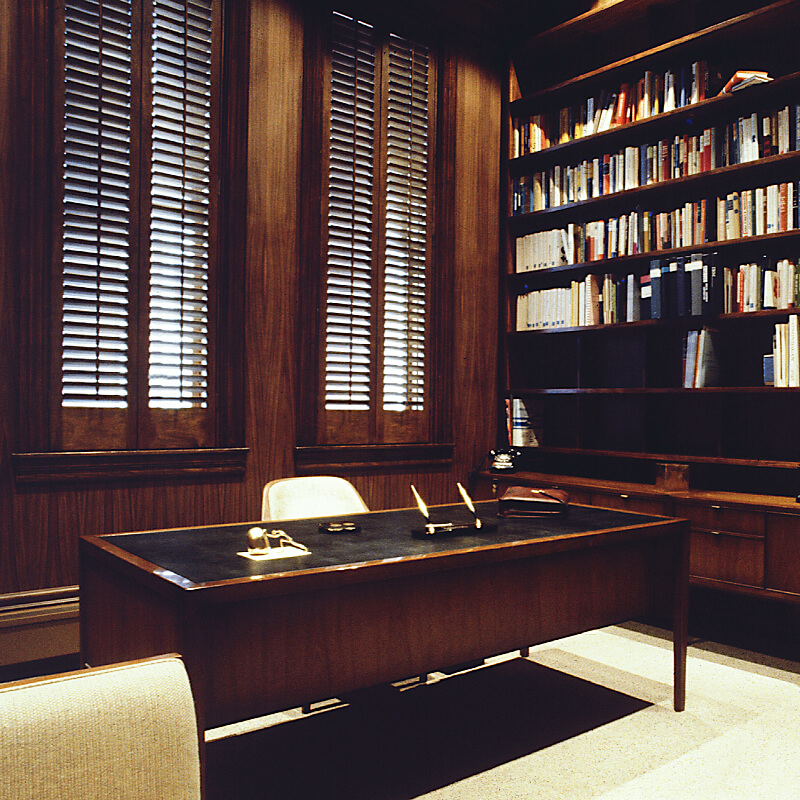W.P. Tolley Building Restoration and Rehabilitation
- Category
- Academic
- Client
- Syracuse University
-
- Date Completed
- 2007 / 1974
- Restoration and rehabilitation of the W.P. Tolley Building completed in 2007 (Listed on the National Register of Historic Places as part of the Comstock Tract buildings)
- Interior renovation for the College of Arts and Sciences
- Reconstruction and restoration of exterior masonry walls
- Interior renovation for the Office of the Chancellor in 1974
Architecteam was commissioned to provide architectural and engineering design services and construction administration phase services for the restoration and rehabilitation of the W.P. Tolley Building at Syracuse University. The three-story, 18,000 SF structure, which was originally completed in 1889, was vacated in order to allow a full assessment of architectural, structural and mechanical/electrical conditions. The building is composed of multi-wythe load bearing masonry exterior walls and a wood-framed floor and roof structure. Nearly one third of the construction budget was devoted to the restoration and reconstruction of the masonry. The exterior brick and terra cotta walls were restored to their original appearance. The original slate roof and built-in copper gutters were repaired. The project provided for a completely new elevator, a new electrical service and distribution, and new mechanical and plumbing systems. The fire protection systems were upgraded. During the construction phase, we worked with our structural engineering consultant, John P. Stopen Engineering to coordinate the testing of the existing mortar composition and the brick for its compressive strength. The University employed a construction manager with whom we worked closely to maintain the budget and insure integrity of the restoration. The building was completed on schedule in January of 2007.
Architecteam also completed the design for the renovation of the interior of the building. The work on this campus landmark revised functional areas within the interior and restored traditional detailing to features affected by earlier modernizing efforts.





